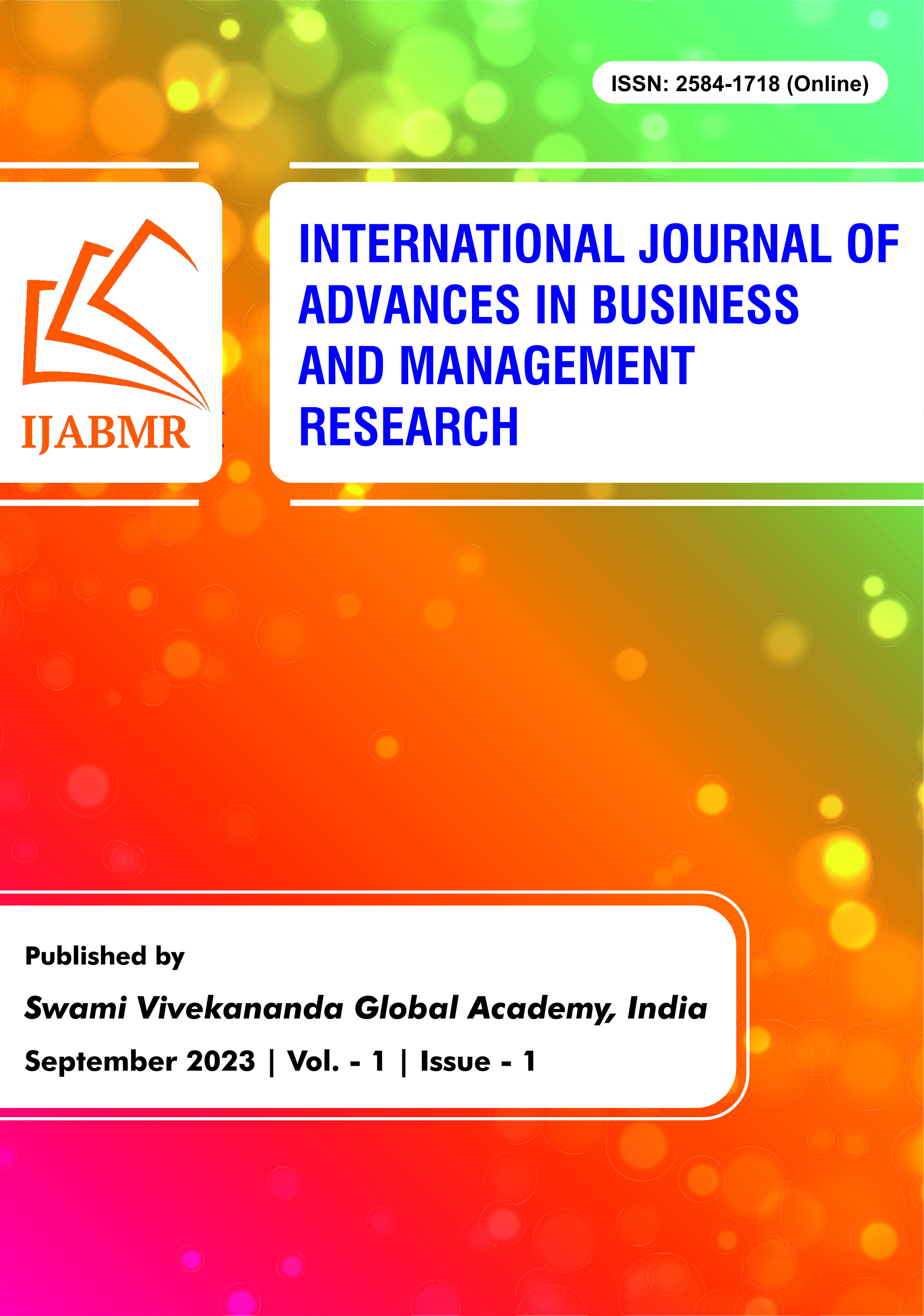Abstract
Direct-to-consumer (DTC) businesses are gaining popularity as a way to reach a larger number of customers and better suit their needs. Vertical brands are distinguished by their metamorphosis, in which they offer their products straight from the manufacturer to consumers without the use of distribution intermediaries, like in traditional business models. They're obliterating themselves on virtual platforms and undermining their old linear sales processes in the process. In the current scenario, the ability of connectionist models to explain consumer behavior, with a focus on the feed-forward neural network model, should be emphasized, and the possibility of expanding the implications of ANN (Artificial Neural Network) for predicting buying behavior for DTC (direct-to-consumer) brands should be explored. To forecast consumer loyalty as a critical feature of consumer behavior, a variety of neural network models of various complexity are constructed. When compared to the more standard logistic regression approach, neural networks outperform logistic regression in predicting customer loyalty. Utilitarian and Informational Reinforcement factors, both independently determined, are shown to contribute significantly to the explanation of consumer choice. The potential of connectionist models for predicting and explaining consumer behavior is discussed, and future research directions are proposed for investigating the predictive and explanatory capacity of connectionist models, such as neural network models, and their integration into consumer behavior analysis within the theoretical framework.
References
- D'Aveni, R. A., Dagnino, G. B., & Smith, K. G. (2010). The age of temporary advantage. Strategic Management Journal, 31(13), 1371-1385. https://doi.org/10.1002/smj.897
- Mariani, M. M., & Wamba, S. F. (2020). Exploring how consumer goods companies innovate in the digital age: The role of big data analytics companies. Journal of Business Research, 121, 338-352. https://doi.org/10.1016/j.jbusres.2020.09.012
- Khade, A. A. (2016). Performing customer behavior analysis using big data analytics. Procedia computer science, 79, 986-992. https://doi.org/10.1016/j.procs.2016.03.125
- Brandenburger, A. M., & Nalebuff, B. J. (1996). Co-opetition. Bantam doubleday dell publishing group. Inc., New York.
- Kapoor, R., & Lee, J. M. (2013). Coordinating and competing in ecosystems: How organizational forms shape new technology investments. Strategic Management Journal, 34(3), 274-296. https://doi.org/10.1002/smj.2010
- Tsujimoto, M., Kajikawa, Y., Tomita, J., & Matsumoto, Y. (2018). A review of the ecosystem concept—Towards coherent ecosystem design. Technological forecasting and social change, 136, 49-58. https://doi.org/10.1016/j.techfore.2017.06.032
- Ghosal, I., Prasad, B., & Behera, M. P. (2020). Delineating the exchange environment of handicraft industry from market space to marketplace: An inclusive map for RURBAN development. Paradigm, 24(2), 133-148. https://doi.org/10.1177/0971890720959533
- Ghosal, I., Prasad, B., Behera, M. P., & Kumar, A. (2021). Depicting the prototype change in rural consumer behaviour: An empirical survey on online purchase intention. Paradigm, 25(2), 161-180. https://doi.org/10.1177/09718907211029030
- McCulloch, W. S., & Pitts, W. (1943). A logical calculus of the ideas immanent in nervous activity. The Bulletin of Mathematical Biophysics, 5, 115-133. https://doi.org/10.1007/BF02478259
- Zhang, T., Yuan, B., & Liu, W. (2008, December). Predicting credit card customer loyalty using artificial neural networks. In 11th Joint International Conference on Information Sciences (pp. 469-474). Atlantis Press. https://doi.org/10.2991/jcis.2008.80
- Kim, J., & Ahn, H. (2009). A New Perspective for Neural Networks: Application to a Marketing Management Problem. Journal of Information Science & Engineering, 25(5), 1605-1616. https://doi.org/10.6688/JISE.2009.25.5.18
- Badea, L. M. (2014). Predicting consumer behavior with artificial neural networks. Procedia Economics and Finance, 15, 238-246. https://doi.org/10.1016/S2212-5671(14)00492-4
- Štencl, M., Popelka, O., & Šťastný, J. (2012). Forecast of consumer behaviour based on neural networks models comparison. Acta Universitatis Agriculturae et Silviculturae Mendelianae Brunensis, 60(2), 437-442. http://dx.doi.org/10.11118/actaun201260020437
- Felea, I., Dan, F., & Dzitac, S. (2012). Consumers load profile classification corelated to the electric energy forecast. Proceedings of the Romanian Academy, Series A, 13(1), 80-88
- Ghosal, I., & Prasad, B. & Kaur, K. (2020). Impact of Digital Marketing in Promoting Student Enrolment Ratio in Private Universities: Changing Patterns of Higher Education Marketing. Pacific Business Review International, 12, 73-83. https://doi.org/10.13140/RG.2.2.14881.84327
- Liao, S. H., & Chang, H. K. (2016). A rough set-based association rule approach for a recommendation system for online consumers. Information Processing & Management, 52(6), 1142-1160. https://doi.org/10.1016/j.ipm.2016.05.003
- Prasad, B., & Ghosal, I. (2022). Forecasting buying intention through artificial neural network: an algorithmic solution on direct-to-consumer brands. FIIB Business Review, 11(4), 405-421. https://doi.org/10.1177/23197145211046126















